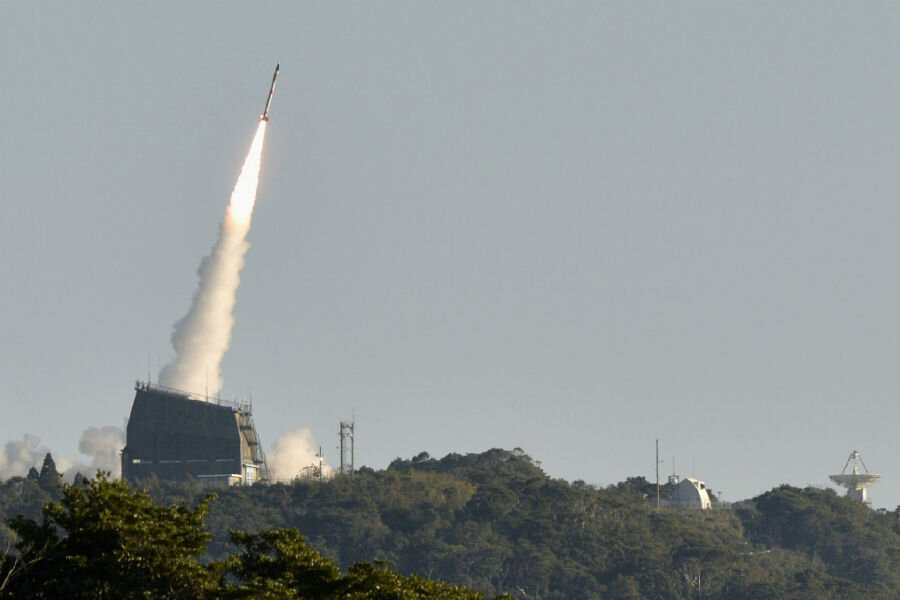 January 16, 2017
January 16, 2017
— Though Japan’s mini-rocket met its end this weekend, the era of mini-rockets may be just beginning.
On Sunday, the Japan Aerospace Exploration Agency (JAXA) sent its much-anticipated SS-520 F4 mini-rocket into space, tiny satellite in tow. The rocket lifted off successfully from its launch pad at Uchinoura Space Center in southern Japan. Within minutes, however, the rocket stopped transmitting data about its temperature and position , Nikkei reported, leading JAXA to abort the mission. Both rocket and satellite crashed into the sea.
It’s a setback for Japan’s space program, which had hoped to prove the viability of these tiny rockets and win private financial backing , according to CNN. But demand for a cheaper way to put satellites in space continues to grow – and tiny rockets like these could still be part of the solution.
“I hope they won’t be discouraged and will try another launch, because demand for launches of minisatellites is growing worldwide ,” Shinya Matsuura, who has written about Japan’s space programs, told the Japan Times.
Satellites provide a range of communication services – including Internet, television, and GPS – to people all around the world, even in remote locations that traditional wired services have struggled to reach. Facebook, for instance, announced in 2015 that it would partner with a French satellite operator to provide Internet connectivity to much of sub-Saharan Africa. And as demand grows, increasing numbers of companies are looking to launch their own satellites.
But rockets are large, and use an array of specialized parts. That means launching the satellites into space can come with a hefty price tag, increasing the cost of the communications service.
Japan’s mini-rocket was designed to address both those problems. Since companies are mostly looking to launch compact satellites weighing around 220 lbs, according to Nikkei, JAXA optimized the design of its larger SS-520 rocket for a smaller cargo. (It measured just 35 feet long by 20 inches wide .) And a team of engineers retooled the rocket to use commercially-produced electronic parts found in computers and smartphones.
The result: a rocket that cost around ¥500 million ($4.3 million) from production to launch, the Japan Times reported. Traditional rockets, by contrast, can cost hundreds of millions of dollars, meaning the mini-rocket could make it dramatically cheaper to send rockets into space.
These possibilities may be further away than JAXA – and companies that use satellites – might have hoped. But the potential savings mean that a single communications failure is by no means the end of the road for miniature rockets with commercially-produced parts. In fact, the US, Europe and others are already working on similar ventures, Nikkei reported.
“It is crucial that we keep moving forward and tackle our challenges,” Shinichi Nakasuka, a professor at the University of Tokyo who worked on developing the tiny satellite carried by the rocket, told Nikkei.






